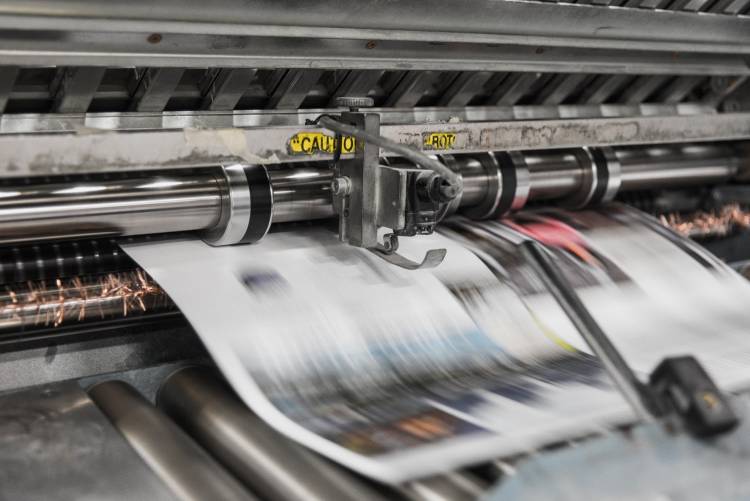Industrial Humidification for the Woodworking Industry: Why it’s Essential to Prevent Damage
When discussing industrial humidification, there’s a lot of ground to cover, though humidity affects the woodworking industry the most dramatically. Wood is a very sensitive material vastly affected by low and high humidity. As someone who possibly operates a woodworking company, you already know what this is like. Regardless, you may not know exactly how to solve the problem.
You’ve perhaps invested in humidifiers before and realized they aren’t always up to expected standards. One of the most important is trying to maintain a relative humidity level without having to do it manually.
Because your employees are already overworked, they don’t have time to deal with an inferior humidifier. It’s why you need one with innovation to control humidity automatically while providing efficient ways of running.
For new woodworking industry professionals, it’s time to look at why controlling humidity is essential to prevent various types of damage.
What is Equilibrium Moisture Content?
Otherwise known as EMC, equilibrium moisture content is the measurement to maintain the proper amount of moisture in the wood. Maintaining EMC means the wood isn’t gaining or losing too much moisture at any given time.
Any drastic changes to this cause serious problems with the wood’s quality. You’ll soon start to notice the wood cracking, warping, splitting, or shrinking.
These situations could put your woodworking business in jeopardy and create excessive downtime amending the situation.
It’s worth remembering that wood is already naturally hydroponic. Kiln-dried wood contains up to 11% moisture. As a result, you want to maintain this level for any wood stored away.
So what can a quality humidifier do for you to keep all wood from losing its moisture content?
Maintaining Relative Humidity
Using a humidifier that keeps relative humidity above 40%, you don’t have to worry about dimension changes in wood. If RH falls below 40%, splitting and warping wood may end up affecting how your machines operate.
Most likely, you’ll start to experience machine speed issues, plus an overall reduction in production quality. Damage to the wood isn’t easily repairable either. It creates a situation where you’ll have to order more shipments of wood to compensate.
Using intelligent humidity control, you’ll finally find a solution, though it’s far from the only thing a good humidifier solves.
Preventing Issues With Gluing and Lamination
When working in overly dry conditions, the glue you use in your woodworking business won’t usually hold. Dry air typically makes glue not cure as well. It only creates another major dilemma when you’re in the middle of a tight production schedule.
Lamination doesn’t hold properly either in overly dry environments. Due to dimensional changes in the wood, you may see glue joints separating as well. It’s the last thing you want at the eleventh hour when experiencing high demand for your products.
Preventing Static Electricity
No doubt you’ve had some experience with static electricity problems due to dry air. This could create even worse problems later if you don’t get a humidifier going to maintain humidity levels.
When surfaces become charged with electricity, it could create a domino effect in causing static explosions or dust fires. Any of this could damage your woodworking equipment or cause injury to workers. Plus, paints and finishes don’t adhere to wood well with excessive static electricity.
Finding a Humidifier With Innovative Features
At Smart Fog, Inc., we’ve become a leader in providing patented features you can’t find with other humidifiers in the marketplace. With our humidifiers, you’ll be able to enjoy smaller self-evaporating droplets, precise humidity control, stainless steel nozzles, a safe low-pressure system, and low maintenance.
Contact us to learn more about the science behind our humidifiers and how they’ll help keep your woodworking company running optimally.





